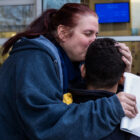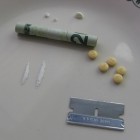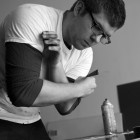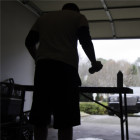
A couple of weeks ago, I was in juvenile delinquency court and as often happens, a particular case got me thinking – and rethinking – about the system as a whole. A 14 year-old, whom I will call Sarah, was charged with misdemeanor assault. She had hit another girl at the foster care facility where the two were living. Sarah readily admitted to the charge, and the judge then moved to disposition, similar to sentencing in adult court. A counselor reported that Sarah was receiving therapy and doing well in a class at the mediation center on “conflict coaching.” Her probation officer recommended that she remain on court supervision under the same terms.
The judge, however, wasn’t satisfied. “I’m concerned,” she said to Sarah sternly. “This is the third or fourth adjudication for assault in the past two years. What is changing to help you get in charge of your emotions?”
Sarah stood and looked down at her hands. “I don’t know.” The courtroom was silent. “Your Honor,” her public defender began, standing with his client. “Sarah has experienced significant trauma. She is struggling with serious issues that are deep-seeded. This is not to excuse her behavior, but to explain that she is receiving therapy and making improvements.”
As the hearing continued, I learned that Sarah’s father had never been a presence in her life and that her mother had died several years earlier. She had been in residential group settings ever since. “Why do you become angry?” the judge asked the girl. Sarah spoke haltingly. “When I see other people with mothers and fathers, I get upset,” she whispered. Tears ran down her cheeks.









